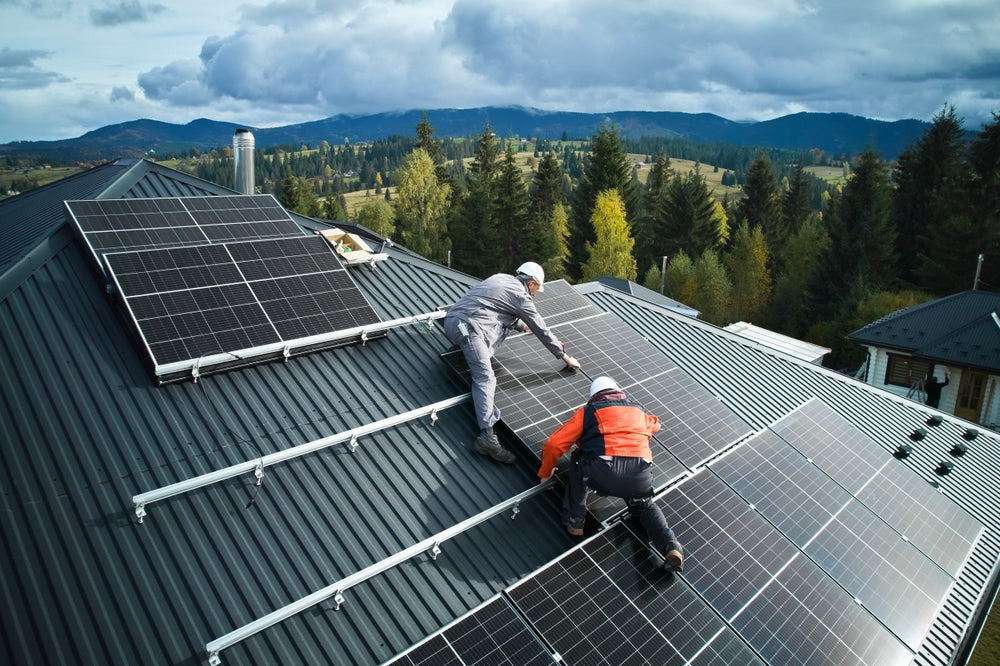
Clean Energy for All: Understanding the Government’s Solar Incentives
In recent years, the global push for renewable energy has grown stronger, and Pakistan is no exception. As the country faces recurring energy shortages and rising electricity costs, the government has begun rolling out programs that aim to make solar panels more accessible—especially to those in lower- and middle-income brackets.
Among the most promising of these efforts are government-backed initiatives that offer free or subsidized solar systems. These programs aim to reduce pressure on the national grid, promote green energy, and support citizens with high energy bills but limited resources. While availability and eligibility criteria may vary by province or district, the overall direction is clear: solar energy is being promoted as a solution for long-term energy independence.
What’s Included in the Free Solar Panel Program?
Before diving into the application process, it’s essential to understand what the government is actually offering. Typically, these programs cover the installation of a basic solar panel system—often a 1KW to 3KW unit—capable of powering essential household appliances like fans, lights, and a small refrigerator.
Depending on the scheme, the system may also include inverters, mounting structures, and sometimes even batteries for limited storage. In some cases, advanced technologies like bifacial solar panels, Jinko solar panels, and astroenergy solar panels may be offered through pilot projects or higher-tier programs designed for schools, healthcare centers, or off-grid communities.
With the growing demand for solar panels, bifacial solar panel, Jinko solar panel, astroenergy solar panel, there’s increasing government interest in using high-quality, Tier-1 components. These ensure efficiency and long-term durability, which reduces the need for frequent replacements or maintenance.
In more technologically advanced schemes, you may also find the use of bifacial solar panels, which absorb sunlight from both sides, maximizing energy generation. Brands like Jinko and Astroenergy are increasingly part of government-backed or donor-supported installations in areas that receive consistent sunlight year-round.
Step-by-Step: How to Apply for Free Solar Panels
Step 1: Check Eligibility Criteria
Start by visiting your provincial energy department’s website or contacting your local district office. Many programs are tailored to specific regions and income levels, so eligibility can vary. Common requirements include:
-
Proof of Pakistani citizenship (CNIC)
-
Residence in a rural or underserved area
-
Low-income household status (verified by utility bill or income certificate)
-
Monthly electricity consumption below a certain threshold
Make sure to check the latest criteria published by programs like the Punjab Solar Household Scheme or the Khyber Pakhtunkhwa Off-Grid Electrification Initiative.
Step 2: Gather Required Documents
Typically, the application process requires:
-
A copy of your CNIC
-
Your latest electricity bill
-
Proof of income or social security enrollment
-
Property ownership or tenancy documents
Having these ready will make the application process smoother and increase your chances of acceptance.
Where to Apply: Online Portals and Local Offices
Many government programs are moving online to ensure transparency and ease of access. Some provinces have launched dedicated portals for solar initiatives where residents can register, track their application status, and even book inspections.
In Punjab, for example, the Punjab Energy Efficiency and Conservation Agency (PEECA) has rolled out digital forms. Meanwhile, in Sindh and KP, local energy offices continue to manage these programs through in-person applications.
If you're unsure where to start, visit your nearest electricity distribution company (DISCO) office, such as LESCO, MEPCO, KE, or FESCO. They often collaborate with government agencies for solar panel installations under load-shedding relief schemes.
Tips for a Successful Application
Be Honest and Complete
Incomplete or inaccurate forms are one of the most common reasons for rejection. Ensure that all information provided is correct, and double-check your documents before submission.
Follow Up Regularly
After submitting your application, follow up with the concerned office to stay informed about your application's status. Many offices work on a first-come, first-served basis, and regular follow-up can help move things along.
Ask About Upgrades
If you're approved for a basic system but want to upgrade, ask whether co-financing options are available. Some programs allow recipients to add their own funds to receive better panels like bifacial solar panels, or premium modules from Jinko or astroenergy.
What to Expect After Approval
Once your application is accepted, an inspection team will usually visit your location to assess feasibility. They check roof space, sun exposure, and structural compatibility.
After approval:
-
Installation is carried out by government-approved vendors.
-
System testing is done to ensure functionality.
-
You may receive basic training on system use and maintenance.
The entire process—from application to installation—can take between 30 to 90 days, depending on your location and demand volume.
Also, don’t forget to register your system for net metering if your setup allows it. Some provinces now include this in their subsidy schemes, allowing you to sell excess electricity back to the grid.
Final Thoughts: Powering a Greener Future Together
Applying for free solar panels through government programs is more than a personal gain—it’s a step toward a cleaner, more energy-resilient Pakistan. These programs not only help families reduce their electricity bills but also decrease reliance on fossil fuels and national power grids.
By opting for technologies like bifacial solar panels, or by choosing certified modules from trusted brands like Jinko solar panel and astroenergy solar panel, you're ensuring higher efficiency and longer life for your solar system.
In the years to come, government-led and donor-supported solar programs will continue to expand. The earlier you apply, the better your chances of benefiting from these groundbreaking initiatives.
So take the first step. Check your eligibility, gather your documents, and apply for your free solar system today. The sun is shining—and it’s waiting to power your home for free.








